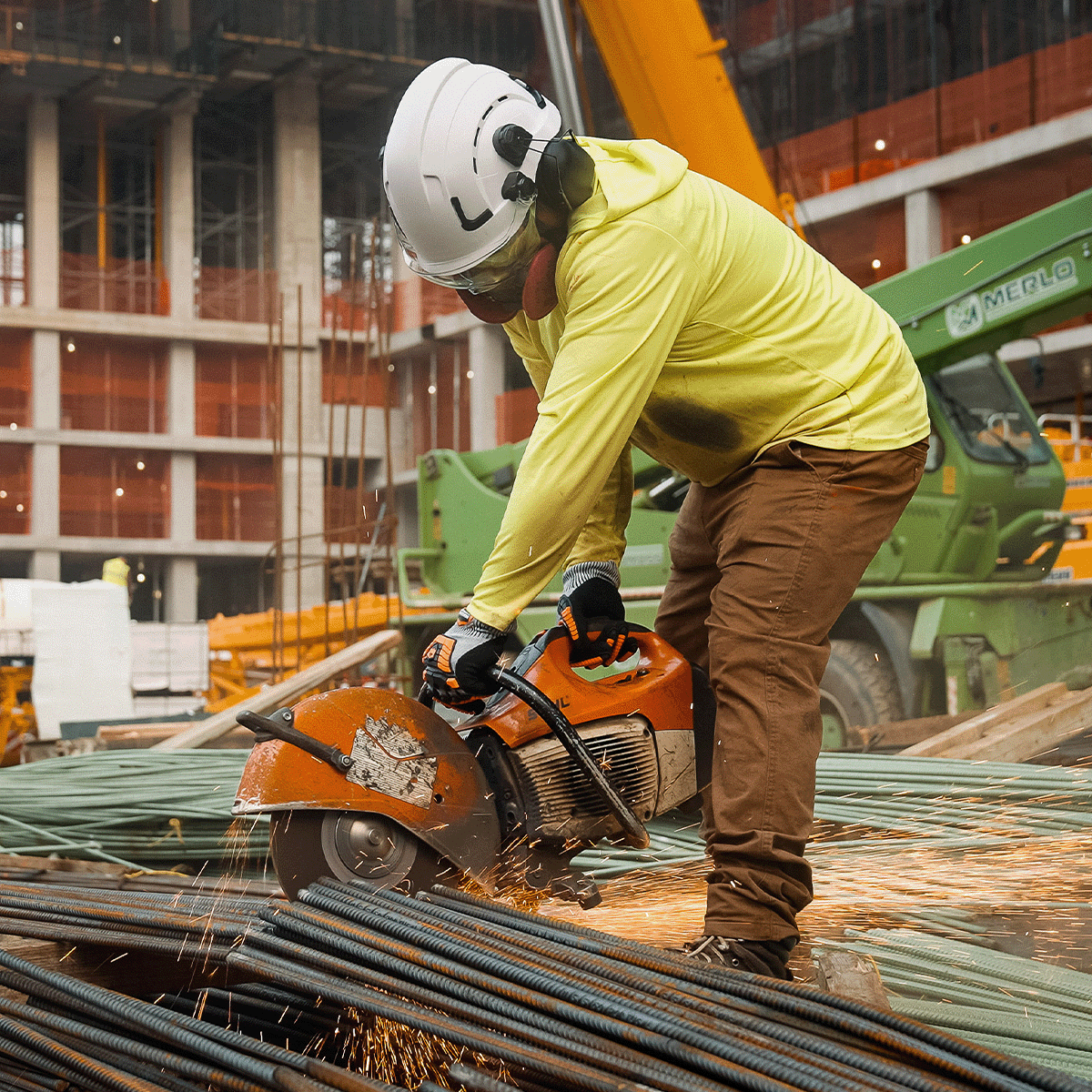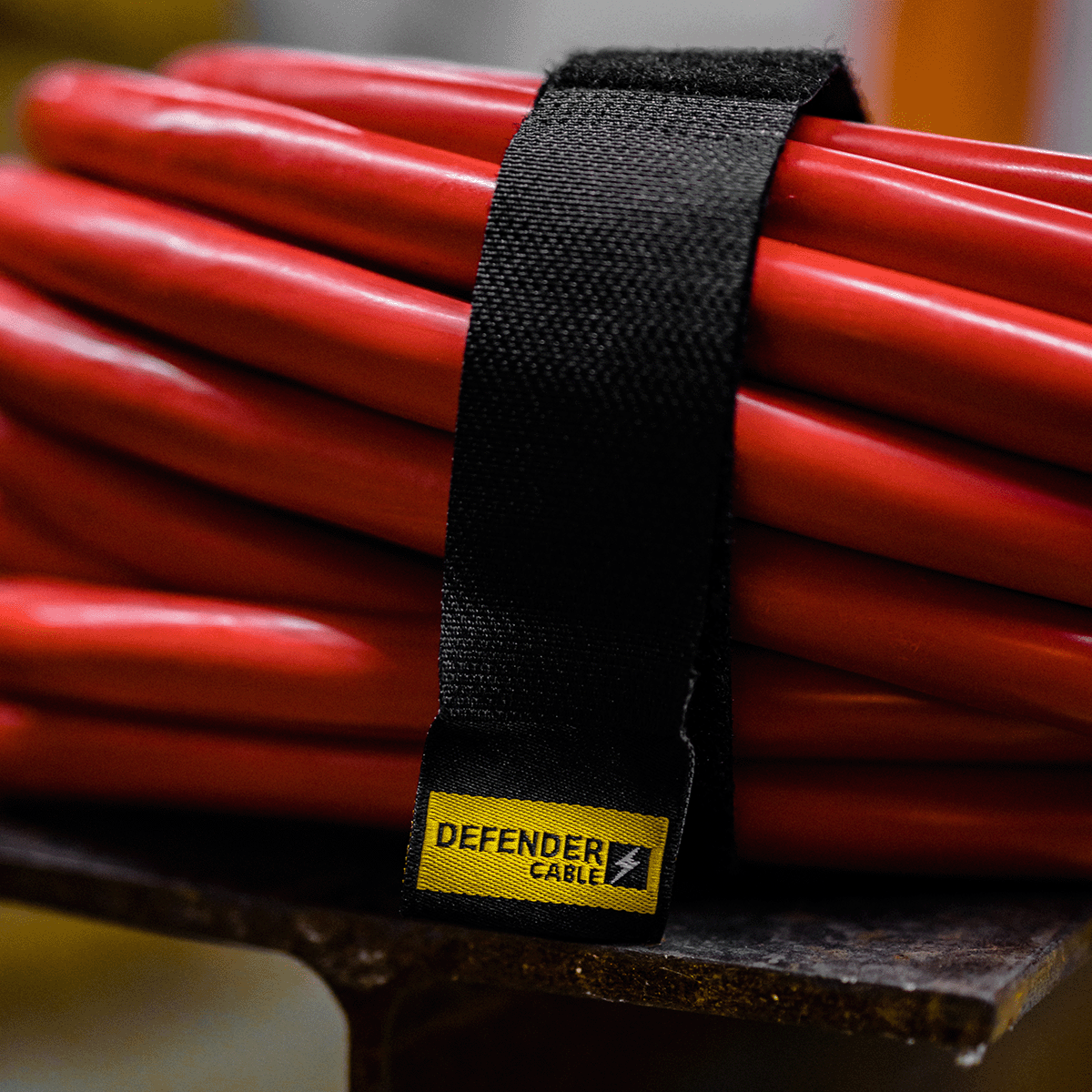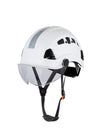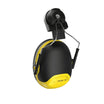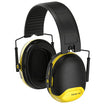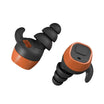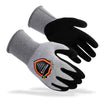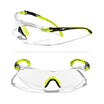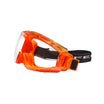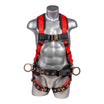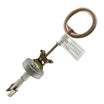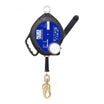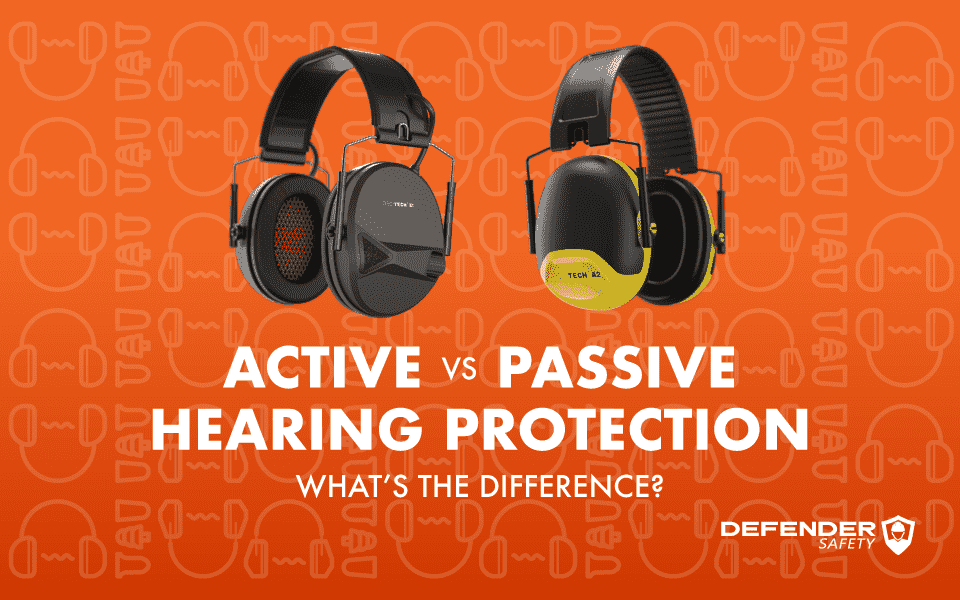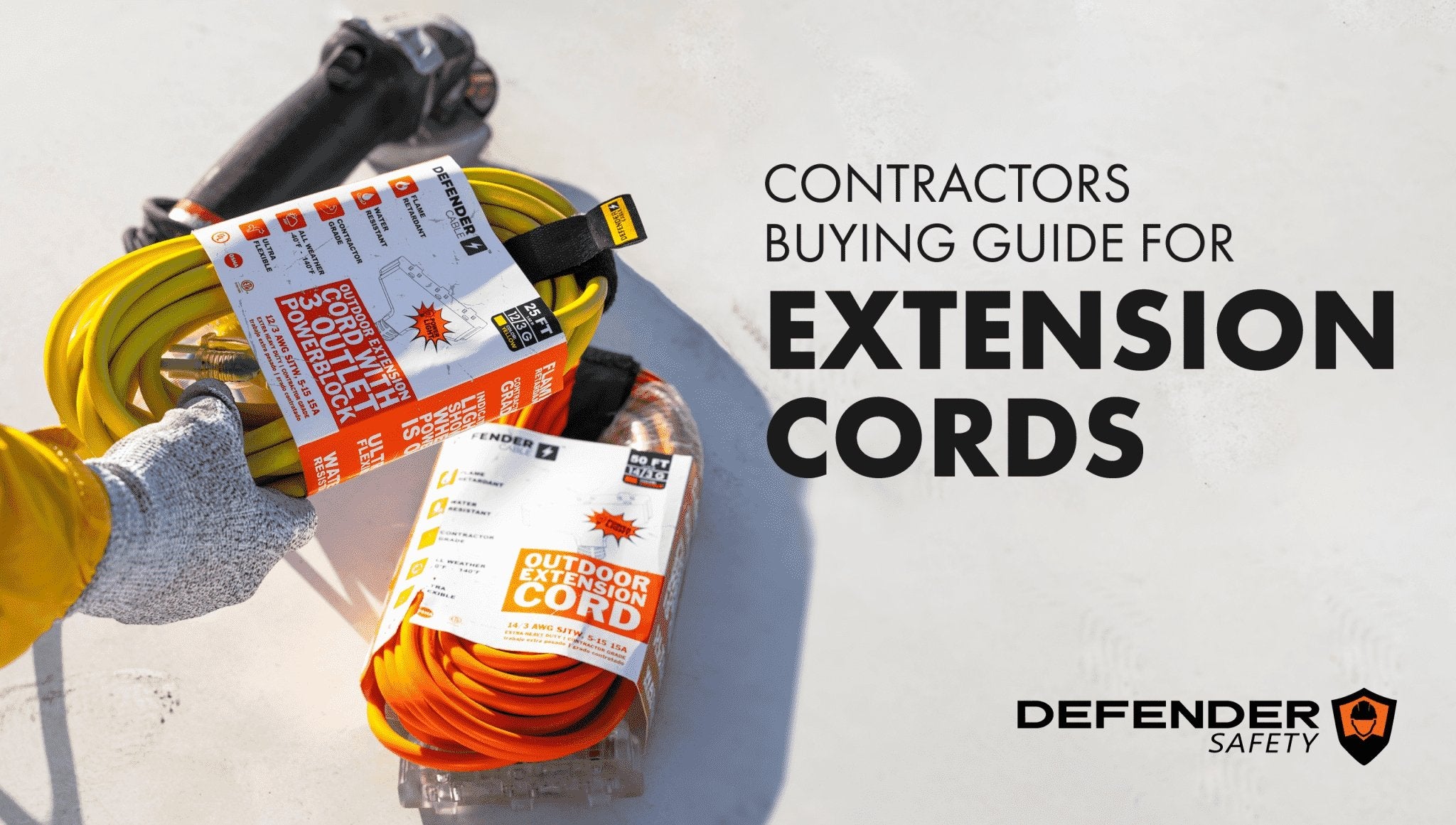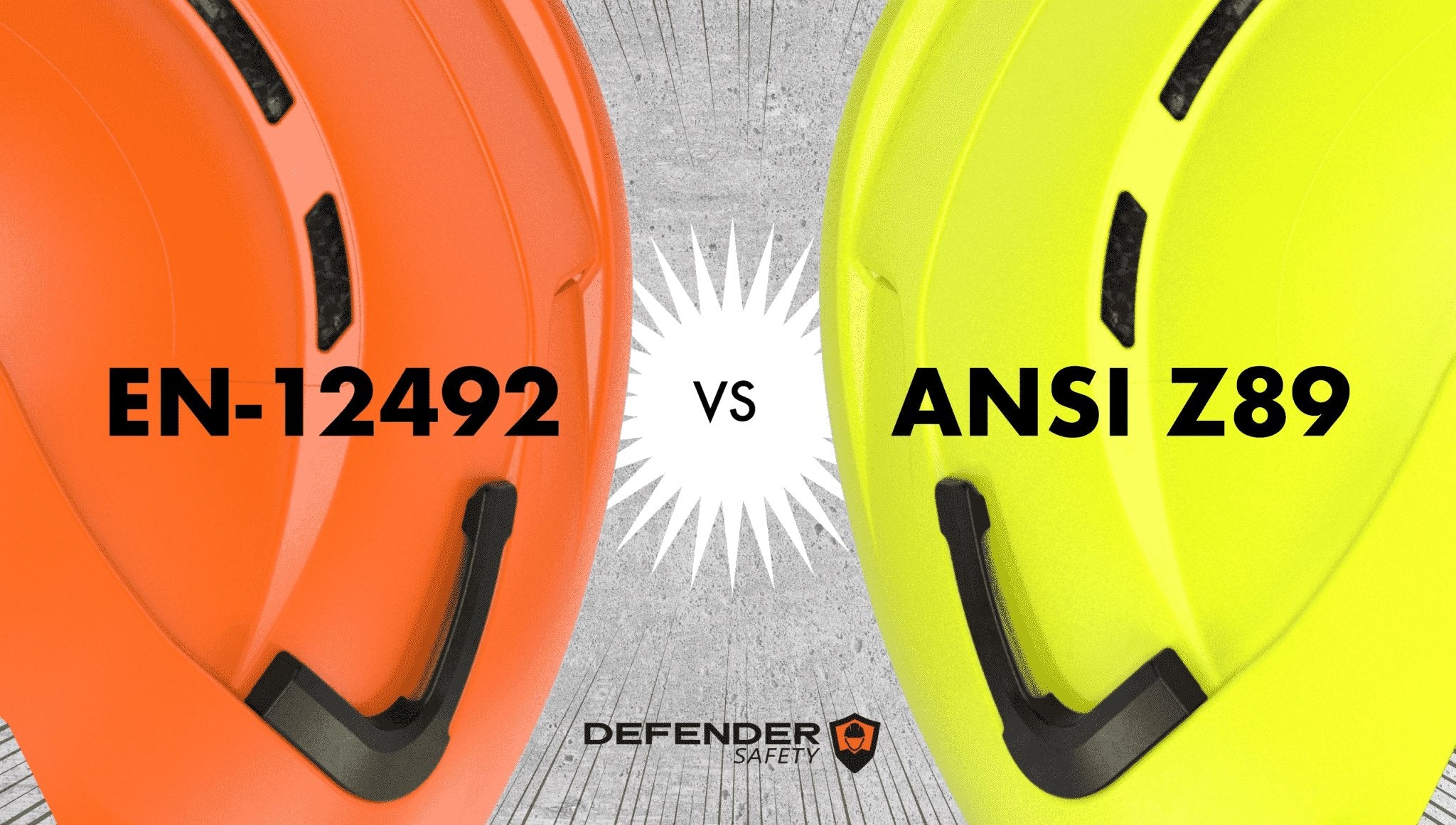Hearing protection is crucial in environments where excessive noise levels can cause damage to our hearing. That’s why earmuffs/earplugs are essential in keeping your ears safe. However, there’s more to hearing protection than just your choice of style. Hearing protection can also be categorized based on how they approach stopping loud noise.
When it comes to stopping loud noises, there are mainly two modes of protection - passive and active. Passive hearing protection simply blocks noise from entering the ear canal, while active hearing protection uses technology to block harmful noise while still allowing you to hear what's happening around you.

Passive Hearing Protection
Passive hearing protection, as mentioned earlier, works by physically blocking sound waves from entering the ear canal. An example would be a generic earmuff, that would use foam to absorb any noise entering the ear. While it effectively reduces noise levels entering the ear, unfortunately, it also blocks out all sound, making it difficult to communicate or hear important warning signals.
Advantages:
- They are inexpensive and widely available.
- They are easy to use and maintain.
- They provide good noise reduction in high-noise environments.
Disadvantages:
- They block out all sound, including important warning signals.
- They can be uncomfortable to wear for extended periods.
- They do not provide any amplification of ambient sound.

Active Hearing Protection
Active electronic hearing protection also blocks harmful noise, but unlike passive protection, it utilizes software and electronics to protect the user. The hearing protector would contain microelectronic filters to separate which type of noise a user can hear. Loud noise above 82dB would be suppressed, whereas noise that is below 82dB would pass. This is a huge advantage in the workspace as it allows the user to hear important sounds such as voices and warning signals. The active technology would then use microphones to capture sound from the environment and amplify it into the ear canal so that users can better understand speech and noise of the environment.
Advantages:
- They allow the user to hear important sounds while still protecting their hearing.
- They are comfortable to wear for extended periods.
- They can be used in a variety of environments, including shooting sports, construction, and industrial use.
Disadvantages:
- They are more expensive than passive hearing protection.
- They require batteries or a power source, which adds to the cost and maintenance.
- They may not provide as much noise reduction as passive hearing protection in extremely loud environments.
The Growing Popularity of Active Hearing Protection
Active hearing protection has become very popular in shooting sports, as it allows the user to hear range commands and communicate with other shooters while still protecting their hearing from loud gunshots. Many models are available in the market with features like automatic shut off after the shot, bluetooth connectivity to stream audio or make calls, and noise suppression on impulse noise like gunshots.
Active hearing protection is also becoming popular for construction and industrial use applications. Noises like jackhammers, cranes, and general construction are constant in the construction space and active hearing protection allows workers to communicate effortlessly while still being protected from high noise levels. It is also useful for workers who need to be aware of warning signals and alarms in noisy environments.
Which Hearing Protection Is Right for You?
In summary, active electronic hearing protection is a safer and more versatile option than passive hearing protection. While both types of hearing protection provide noise reduction, active hearing protection allows the user to hear important sounds while still protecting their hearing. This technology is becoming increasingly popular in shooting sports and is now being used in industrial and construction applications. However, it is pricier than passive hearing protection and may be less effective in blocking out noise in extreme settings. It is important to keep in mind the advantages and disadvantages of each type of hearing protection and choose the option that best suits your needs.
Defender Safety offers 2 types of active hearing protection and also multiple variations of passive hearing protection in all variations including: in ear and over the ear.
Our new E2’s are the perfect solution for the job site, or if you are involved in shooting sports with an optional high-viz orange color for peer situational awareness of the PPE.
The Defender Safety E2 in-ear active electronic hearing protection is an industrial-grade hearing protection device with an NRR rating of 22 dB, meeting the ANSI S3.19 and EN 352 ratings. It is suitable for use in various industries such as construction, manufacturing, law enforcement, woodworking, and shooting range.
The E2 uses patented active noise-canceling technology that tracks and optimizes voice dialogue in loud environments. The device is ergonomically designed to fit multiple ear canals and provides lightweight comfort. It comes with multiple sets of foam and adapters for a perfect fit. Additionally, the E2 has both indoor and outdoor sound optimization settings that maximize the distance of sound and filtration for outdoor settings and help to hear for small distances in indoor settings. These settings can be easily changed by tapping the device.
Interested in learning more about the product? Click the "Shop now" button below!


